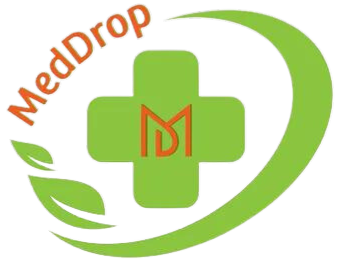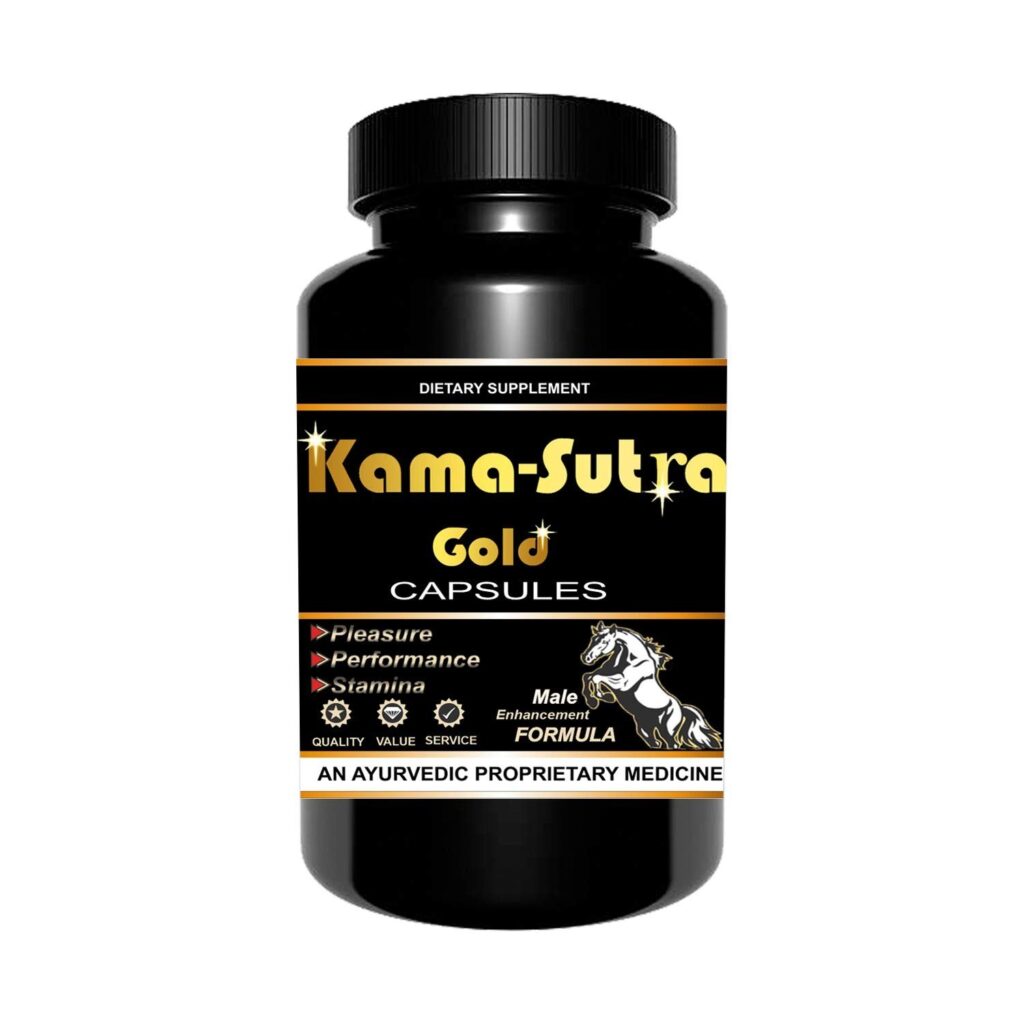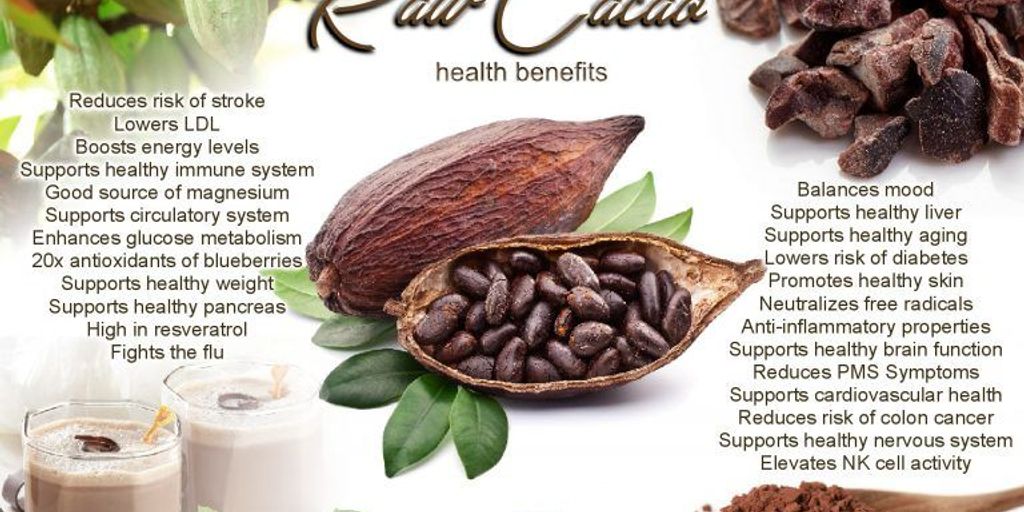The ‘Parad Tablet’ has been a subject of intense scrutiny and debate within medical circles due to its controversial ingredient – mercury. This article delves into the composition, historical context, and potential health risks associated with Parad Tablets, evaluating both anecdotal and scientific evidence. Furthermore, we explore the regulatory landscape governing the use of mercury in pharmaceuticals and the ongoing tension between traditional practices and modern health standards.
Key Takeaways
- Parad Tablets contain mercury, a substance with known health risks, leading to concerns about their safety.
- Short-term mercury exposure can result in immediate health effects, while long-term exposure may cause chronic health issues.
- Regulations on mercury in pharmaceuticals vary globally, affecting the legal status and availability of Parad Tablets.
- There is a disparity between personal experiences with Parad Tablet use and the findings of clinical research.
- A balance needs to be struck between respecting cultural medicinal practices and ensuring public health safety.
Understanding Parad Tablet Composition
What is Parad?
Parad is the Hindi term for mercury, a heavy, silvery d-block element that is liquid at room temperature. This substance has been used in various applications, including traditional medicines, due to its unique properties. In the context of Parad tablets, it refers to a form of mercury that is used in Ayurvedic medicine.
Mercury is known for its quicksilver appearance and is often touted for its supposed therapeutic effects in ancient medical practices. However, its use in modern medicine is highly controversial due to the well-documented health risks associated with mercury exposure.
The use of Parad in medicinal tablets is a subject of intense debate, with proponents citing historical precedent and opponents warning of the potential for serious health consequences.
The following list outlines the primary uses of Parad in traditional medicine:
- Detoxification of the body
- Treatment of skin diseases
- Improvement of digestive functions
- Enhancement of sexual health
- Alleviation of various chronic ailments
Key Ingredients and Their Effects
The Parad tablet, often shrouded in controversy, primarily contains mercury in the form of Parad or mercury sulfide. This compound is traditionally acclaimed for its therapeutic properties, but modern science casts a shadow on its safety. Mercury’s potential to cause harm is well-documented, with effects ranging from mild to severe, depending on exposure levels.
Other constituents of the tablet include a blend of herbal extracts, which are often advertised for their health benefits. These herbs are selected for their purported abilities to enhance various bodily functions, such as digestion and kidney health. However, the presence of mercury overshadows the benefits these herbs might offer.
The synergy between mercury and the herbal components is a focal point of traditional claims, yet it remains a contentious topic in medical circles.
The table below summarizes the key ingredients of the Parad tablet and their proposed effects:
| Ingredient | Proposed Effect |
|---|---|
| Mercury (Parad) | Detoxification, rejuvenation |
| Herbal extracts | Support digestion, kidney health |
It is crucial to approach the Parad tablet with caution, as the risks associated with mercury exposure can outweigh the traditional benefits ascribed to its use.
The Historical Use of Mercury in Medicine
Mercury has been used in various forms of medicine for centuries, with its presence dating back to ancient civilizations. The allure of mercury was primarily due to its unique physical properties, which fascinated practitioners and led to its widespread use.
Mercury was often incorporated into medicines and healing practices, believed to treat a range of ailments from skin disorders to digestive issues. However, the understanding of its toxic nature was limited during these times.
- Ancient Chinese and Indian texts mention mercury as a life-extending substance.
- In medieval Europe, alchemists used mercury in attempts to create the philosopher’s stone.
- The use of mercury in medicine peaked during the 19th century with ‘blue mass’ pills prescribed for a variety of conditions.
The historical use of mercury in medicine is a testament to the evolving nature of medical practices and the importance of scientific progress in recognizing the dangers of certain treatments.
The Health Risks of Mercury Exposure
Short-Term Toxicity
Exposure to mercury, even over a short period, can lead to a spectrum of health issues. High-level, short-term exposure to mercury is particularly concerning, as it can manifest in acute symptoms that are hard to ignore. These symptoms may include skin rashes, diarrhea, and respiratory distress, among others.
Mercury toxicity can occur through various forms of exposure, such as inhalation of vapors, ingestion, or skin contact. The body’s response to mercury can be immediate and severe, depending on the level and form of exposure:
- Skin contact can lead to rashes and dermatitis.
- Inhalation of mercury vapors may cause respiratory issues.
- Ingestion can result in gastrointestinal problems.
It is crucial to recognize the signs of mercury poisoning early to prevent further health complications. Immediate medical attention is advised if mercury exposure is suspected.
Long-Term Health Consequences
The long-term health consequences of mercury exposure from products like Parad tablets can be insidious and severe. Chronic mercury poisoning can lead to progressive, irreversible damage to the brain and kidneys. Over time, individuals may experience memory loss, tremors, and changes in vision or hearing.
Mercury is particularly nefarious because its effects might not be immediately apparent. Symptoms can develop gradually, making it difficult to link them to mercury exposure. For instance, minimal dermal exposure to dimethylmercury has resulted in progressive neurologic deterioration and death, with initial symptoms delayed for several months.
The accumulation of mercury in the body over time can lead to a condition known as Minamata disease, characterized by severe neurological symptoms that can culminate in paralysis, coma, and even death.
The following list outlines some of the key long-term effects associated with mercury exposure:
- Neurological impairment
- Kidney dysfunction
- Cognitive deficits
- Compromised immune system
- Psychological disturbances
Vulnerable Populations: Who is at Risk?
Certain groups are particularly susceptible to the toxic effects of mercury found in Parad tablets. Pregnant women top the list, as mercury can cross the placenta and may interfere with the development of the fetus, leading to congenital disabilities or developmental delays.
Children are also at high risk due to their developing nervous systems, which are more vulnerable to the neurotoxic effects of mercury. This can result in cognitive and motor skill impairments that may have lifelong consequences.
The elderly population, with their declining organ function and potential for existing health issues, may experience exacerbated effects from mercury exposure.
Individuals with compromised immune systems or pre-existing kidney conditions are particularly sensitive to mercury’s nephrotoxic effects, which can lead to renal dysfunction or failure.
Here is a summary of the populations at risk:
- Pregnant women
- Children
- The elderly
- Individuals with compromised immune systems
- People with pre-existing kidney conditions
Regulatory Stance on Mercury in Pharmaceuticals
Global Regulations on Mercury Use
The international community has recognized the dangers of mercury and has taken steps to regulate its use. The Minamata Convention on Mercury is a global treaty aimed at protecting human health and the environment from the adverse effects of mercury. It outlines a range of provisions to control mercury emissions and releases, and it includes specific measures for phasing out certain mercury-containing products.
Mercury regulations vary by country, but there is a clear trend towards stricter controls and in some cases, outright bans. For instance, the European Union has prohibited the use of mercury in non-electronic measuring devices, such as thermometers and blood pressure meters.
The commitment to control mercury use and emissions is a critical aspect of global health initiatives.
Here is a brief overview of the regulatory stance in different regions:
- European Union: Ban on mercury in non-electronic measuring devices.
- United States: The Environmental Protection Agency (EPA) works both domestically and internationally to control mercury use.
- Asia: Varying regulations, with some countries implementing strict controls, while others have less stringent policies.
Parad Tablet’s Legal Status
The legal status of Parad tablets varies significantly across the globe, reflecting diverse regulatory approaches to mercury in pharmaceuticals. In many countries, the sale and distribution of Parad tablets are strictly prohibited due to the recognized health risks associated with mercury exposure.
Mercury is a substance that has been under intense scrutiny, and its use in medicinal products is highly regulated. For instance, in the United States, the Food and Drug Administration (FDA) does not approve any drug containing mercury as an active ingredient. Similarly, the European Medicines Agency (EMA) enforces stringent regulations that limit mercury use in medicinal products.
The disparity in legal status worldwide highlights the ongoing debate between traditional practices and modern health standards.
Countries with a strong heritage of traditional medicine may still allow the use of Parad tablets, albeit with restrictions or warnings to consumers. Here is a brief overview of the legal status in different regions:
- United States: Banned
- European Union: Strictly regulated, virtually banned
- India: Restricted use with warnings
- China: Limited use in traditional medicine
This patchwork of regulations underscores the need for global consensus on the matter, as mercury pollution knows no borders and the health implications are a worldwide concern.
The Role of the FDA and Other Health Agencies
The Food and Drug Administration (FDA) and other health agencies play a pivotal role in safeguarding public health by regulating pharmaceuticals. The FDA’s oversight is crucial in determining the safety and efficacy of medications, including those containing mercury like the Parad tablet. The agency’s evaluation process involves a rigorous review of scientific data to ensure that the benefits of a drug outweigh its risks.
Mercury is a substance of concern due to its toxicity, and the FDA has established specific guidelines for its use in products. Health agencies across the globe work in tandem to monitor and control the presence of mercury in medicines, often collaborating to share research and policy developments.
- Review of scientific data
- Assessment of risk vs. benefit
- Monitoring of adverse effects
- Enforcement of safety regulations
The responsibility of health agencies extends beyond initial approval. They also monitor post-market surveillance to track any adverse effects and ensure ongoing compliance with safety standards.
Anecdotal Evidence and Scientific Studies
Personal Accounts of Parad Tablet Use
The use of Parad tablets, often shrouded in traditional practices, has elicited a range of personal accounts from users. Most individuals report mild side effects, which align with the expected reactions to mercury ingestion. Symptoms such as nausea, headache, or dizziness are commonly mentioned in discussions and online forums.
However, there are instances where users have reported more severe reactions. These accounts are particularly concerning as they suggest the possibility of significant health risks associated with Parad tablet use. The severity of these reactions can vary widely, but they underscore the need for caution and further investigation.
While the majority of personal experiences with Parad tablets do not indicate acute toxicity, the presence of mercury in any form warrants careful consideration of potential health implications.
It is important to note that personal accounts are subjective and may not always be supported by scientific evidence. Nonetheless, they provide valuable insights into the real-world effects of Parad tablets on consumers.
Clinical Research Findings
The scientific scrutiny of Parad tablets has yielded mixed results. Clinical trials have been few, and those conducted often suffer from small sample sizes and methodological limitations. However, some patterns have emerged from the data.
Mercury levels in the blood of subjects taking Parad tablets were found to be elevated, raising concerns about potential toxicity. The table below summarizes key findings from various studies:
| Study | Sample Size | Increase in Blood Mercury | Reported Symptoms |
|---|---|---|---|
| A | 30 | Moderate | Mild discomfort |
| B | 50 | Significant | Neurological signs |
| C | 20 | Slight | None reported |
While the table shows a correlation between Parad use and mercury levels, causation cannot be established definitively. It is important to note that the Nutricharge View Tablet is considered safe for most individuals and is not directly comparable to Parad tablets.
The absence of severe adverse events in these studies should not be interpreted as a sign of safety. The long-term effects of low-level mercury exposure remain a concern, particularly for vulnerable populations.
The Gap Between Anecdotes and Science
The divide between anecdotal evidence and scientific research is a significant challenge in evaluating the safety of Parad tablets. Personal testimonies often conflict with empirical data, leading to confusion and mistrust among consumers. While anecdotes offer compelling stories, they lack the rigorous testing and control of scientific studies.
Anecdotes can highlight individual experiences, but they do not establish a cause-effect relationship. This is where scientific research plays a crucial role, providing statistically significant results that can inform safe usage guidelines. However, the scarcity of large-scale clinical trials on Parad tablets means that much of the available data is preliminary or inconclusive.
The reliance on anecdotal evidence over scientific research can lead to the perpetuation of potentially harmful practices.
To illustrate the disparity, consider the following points:
- Anecdotal evidence may be based on subjective experiences and personal beliefs.
- Scientific studies are designed to minimize bias and provide objective findings.
- The plural of anecdote is not data; a collection of stories does not equate to scientific evidence.
Navigating the Debate: Safety vs. Tradition
Cultural Significance of Parad in Traditional Medicine
The use of Parad, or mercury, in traditional medicine is steeped in history and cultural practices. Mercury’s significance in healing and ritualistic applications can be traced back centuries, particularly within Ayurvedic medicine. Parad is considered a powerful element that can balance the three doshas—Vata, Pitta, and Kapha—which are essential to maintaining health and well-being in Ayurvedic philosophy.
Parad has been incorporated into various articles on traditional remedies and health products. These range from breast growth medicine and height capsules to Ayurvedic remedies like Parad Tikdi and Dabur Chaturmukh Ras. The belief in its efficacy is deeply rooted in tradition, and its use is often passed down through generations.
While modern science often challenges the safety of mercury in medicine, the cultural legacy of Parad remains influential in many communities. Traditional practitioners and patients alike advocate for its benefits, citing its purported ability to enhance vitality and treat a myriad of ailments.
Despite the reverence for Parad in traditional medicine, it is crucial to approach its use with caution. The potential health risks associated with mercury exposure cannot be overlooked, and thus, the debate over its safety continues to be a contentious issue.
Modern Medical Perspectives on Parad Use
From a modern medical standpoint, the use of Parad tablets is met with significant concern due to the well-documented toxicity of mercury. Most health professionals strongly advise against the use of mercury-containing products, citing the potential for serious health implications.
The primary issue lies in the bioaccumulation of mercury, which can lead to neurological and renal damage over time. This is particularly problematic in the case of Parad, as it is often used in a manner that allows mercury to be absorbed by the body.
- Short-Term Effects: Allergic reactions, digestive issues, and acute mercury poisoning.
- Long-Term Effects: Neurological damage, compromised kidney function, and potential links to other chronic conditions.
The consensus in the medical community is clear: the risks associated with mercury in Parad tablets far outweigh any perceived benefits.
While some practitioners of traditional medicine may still support the use of Parad, mainstream medicine has largely rejected it in favor of safer, more effective treatments. The challenge remains in educating the public about the dangers of mercury and ensuring that all medicines meet safety standards set by health authorities.
Finding a Middle Ground: Possible Solutions
In the quest to reconcile the cultural significance of Parad with modern medical safety standards, a middle ground appears essential. Balancing tradition and scientific evidence can lead to innovative solutions that honor cultural practices while protecting public health.
- Establishing clear guidelines for the safe use of Parad in traditional medicine.
- Encouraging collaboration between traditional healers and medical researchers.
- Promoting education on the risks of mercury exposure among practitioners and consumers.
It is crucial to develop protocols that ensure the safety of Parad without dismissing its historical and cultural value. This approach could pave the way for Parad to be used responsibly and beneficially.
The integration of Parad into modern healthcare requires careful consideration of both its potential benefits and the risks associated with mercury exposure. By fostering dialogue and understanding, we can hope to find a path forward that respects the past while embracing the future.
As we delve into the intricate balance between safety and tradition, it’s essential to consider the role of natural remedies and holistic health. Our website offers a treasure trove of Ayurvedic knowledge and products that cater to a wide range of health concerns, from pain care to personal wellness. Embrace the wisdom of Ayurveda and explore our extensive selection of authentic, natural herbs and remedies. Visit us now to maintain the harmony of your body’s doshas and enhance your overall well-being. Your journey towards a healthier life is just a click away!
Conclusion: Understanding the Risks of Parad Tablet
In conclusion, the investigation into Parad Tablet reveals a complex picture. While it is not inherently lethal, the presence of mercury, a potent neurotoxin, raises significant health concerns. The tablet’s traditional use in Ayurvedic medicine underscores the importance of proper manufacturing practices and dosage regulations. Consumers must be informed and cautious, seeking guidance from healthcare professionals before using such remedies. Regulatory bodies also play a crucial role in ensuring the safety of alternative medicines. Ultimately, the toxic truth about Parad Tablet is that, without careful oversight, it has the potential to cause serious harm.
Frequently Asked Questions
What exactly is Parad and how is it used in tablet form?
Parad refers to mercury, a heavy metal that has been traditionally used in various forms of medicine. In tablet form, Parad is often combined with other herbs and substances and used in Ayurvedic medicine for its purported health benefits.
What are the key ingredients in Parad tablets and what effects do they have?
Parad tablets typically contain mercury along with herbs and minerals. The effects of mercury are controversial; it is claimed to have therapeutic properties in Ayurvedic medicine, but it is also known to be toxic to humans, potentially causing a range of health issues.
What are the short-term and long-term health risks of mercury exposure?
Short-term exposure to mercury can lead to symptoms like nausea, vomiting, diarrhea, and skin rashes. Long-term exposure can result in more serious conditions such as neurological damage, kidney problems, and cognitive impairments.
What is the current regulatory stance on the use of mercury in pharmaceuticals?
Many countries have strict regulations or bans on the use of mercury in pharmaceuticals due to its toxicity. Regulatory bodies like the FDA have guidelines that limit mercury exposure and its use in medical products.
Are there any scientific studies supporting the safety and efficacy of Parad tablets?
The scientific community generally regards mercury as unsafe for use in pharmaceuticals. While there may be anecdotal evidence and traditional claims supporting the use of Parad tablets, there is a lack of rigorous clinical research confirming their safety and efficacy.
How does modern medicine reconcile the use of Parad in traditional practices?
Modern medicine often conflicts with traditional practices that use Parad due to safety concerns. Efforts are made to find alternatives or to refine traditional practices in a way that eliminates the risks associated with mercury, while respecting cultural significance.











